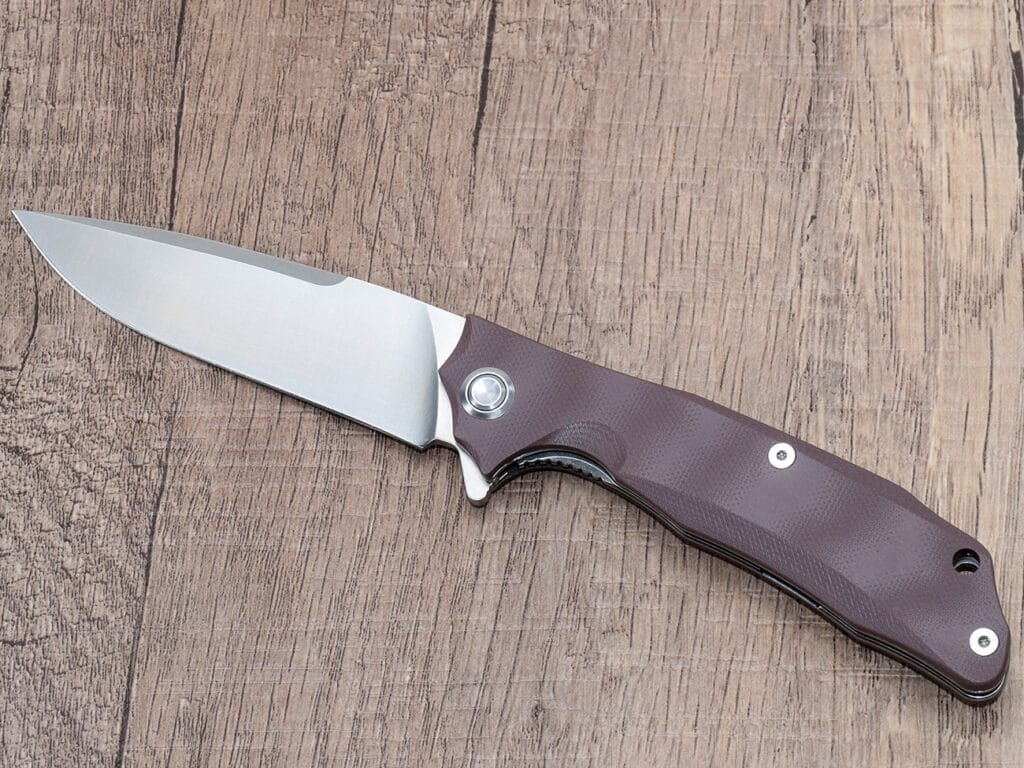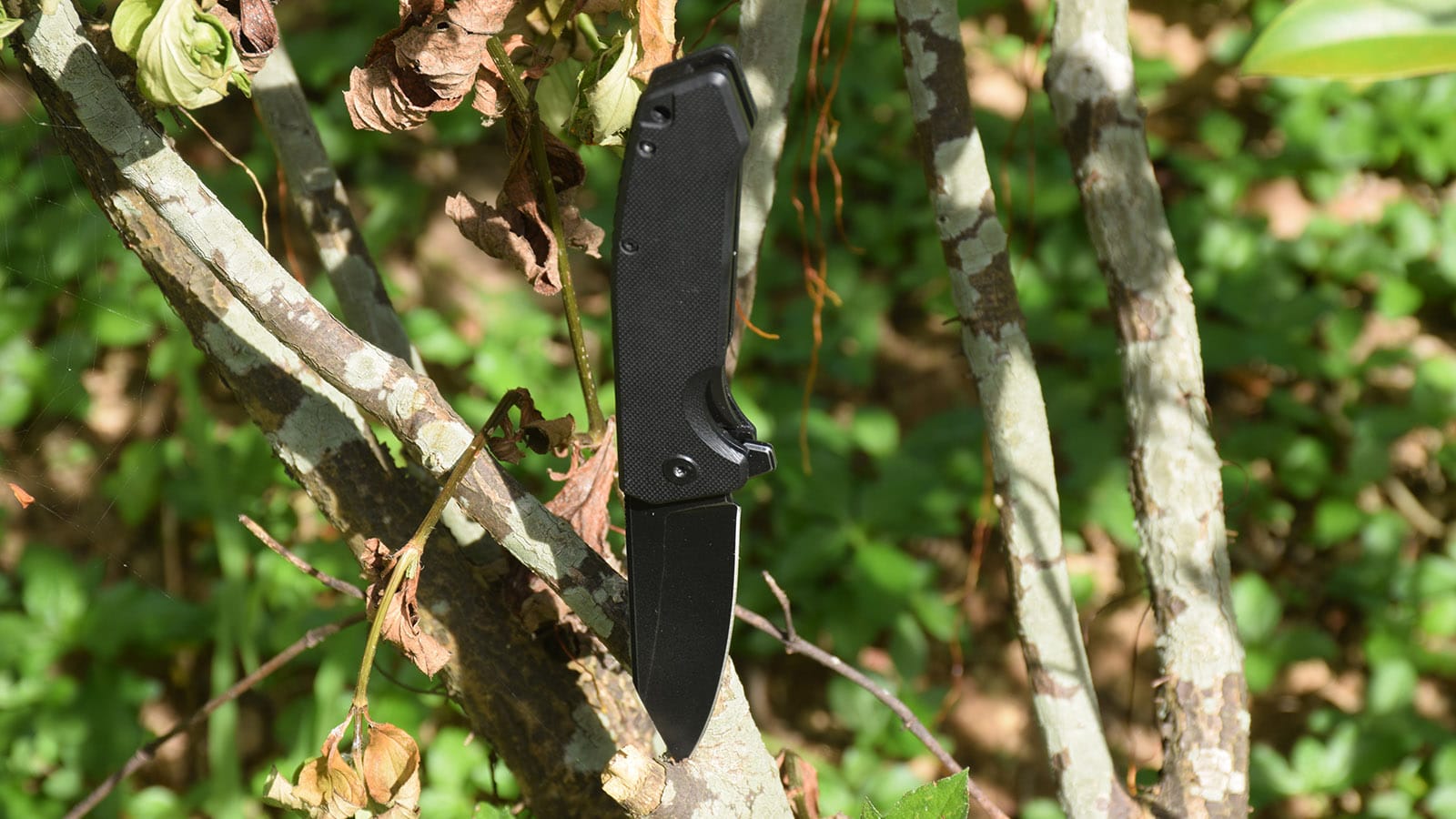Understanding whether students can carry pocket knives on school grounds is crucial for both parents and students. This comprehensive guide examines the legal implications, school policies, and important considerations regarding knife carry in educational settings. We’ll explore the various regulations, exceptions, and consequences to help you make informed decisions about pocket knives in school environments.
What Does the Law Say About Weapons on School Grounds?
State law and federal regulations strictly govern weapons on school property, regardless of whether it’s a public or private school. Most jurisdictions classify a knife as a dangerous weapon when brought onto school grounds. The law prohibits the possession of any weapon that could cause bodily injury or death in school zones.Key regulations include:
- Federal Gun-Free School Zones Act
- State-specific weapons policies
- Local school district guidelines
What Types of Knives Are Considered Dangerous Weapons?
Not all knives are automatically classified as dangerous weapons. However, in a school setting, several types of knives are explicitly prohibited:
- Folding knives with blades longer than 2.5 inches
- Switchblade knives
- Fixed blade knives
- Butterfly knives
- Any knife intended for use as a weapon
Are There Exceptions for Common Pocket Knives?
Some jurisdictions make distinctions for ordinary pocket knives, particularly those with specific characteristics:
- Blade length less than 2.5 inches
- No automatic opening mechanism
- EDC knives with legitimate utility purposes
Unable to render imageA typical pocket knife with safety features and appropriate blade length
What Are the Consequences of Bringing a Knife to School?
Schools take weapons violations seriously, with consequences including:
- Immediate confiscation
- Disciplinary action
- Possible expulsion
- Criminal conviction in severe cases
- Permanent record implications
How Do School Districts Define Prohibited Weapons?
School districts typically maintain detailed weapons policies that outline:
- Specific prohibited items
- Blade length restrictions
- Exceptions for tools
- Reporting requirements
- Utility knives used for authorized purposes
What About Tools Used for Educational Purposes?
Some schools make allowances for tools used in:
- Art classes
- Technical education
- Supervised activities
- Authorized programs
However, these tools must be:
- Properly stored
- Used only as intended
- Supervised by staff
- Registered with administration
Are Private Schools Different from Public Schools?
While private schools can set their own code of conduct, they generally follow similar guidelines:
- Comparable weapons restrictions
- Similar safety protocols
- Equivalent disciplinary procedures
- Aligned with state regulations
What Should Parents Know About School Knife Policies?
Parents should understand:
- Local school weapons policy
- Reporting requirements
- Emergency procedures
- Communication protocols
- Appeals processes
How Can Students Stay Compliant with Knife Laws?
To avoid issues, students should:
- Never bring any knife to school
- Check school policies before carrying tools
- Seek permission for educational equipment
- Report suspicious activities
- Understand consequences
What Are the Best Practices for School Safety?
Schools implement various measures:
- Clear weapons policies
- Regular safety training
- Secure storage protocols
- Emergency response plans
- Staff education

Key Points to Remember:
- Knives are generally prohibited on school grounds
- Consequences for violations can be severe
- Some tools may be allowed with proper authorization
- Safety policies apply to all school-related activities
- When in doubt, leave all knives at home
Remember that school safety is paramount, and it’s always better to err on the side of caution when it comes to carrying any type of knife or tool on school property. The best practice is to assume that all knives are prohibited unless explicitly authorized by school administration for specific educational purposes.




